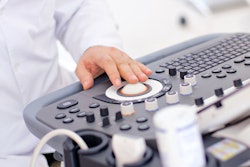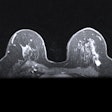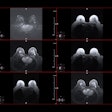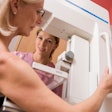Dear Women's Imaging Insider,
As new imaging technology and methods continue to grow in use and data continue to highlight their superiority over conventional methods, breast imaging practices are considering how they affect workflows. This includes ways breast radiologists can overcome the inherent challenges that come with these new methods and promote healthy working conditions, which can in turn lead to improved patient outcomes.
Researchers are looking at how artificial intelligence (AI) can help radiologists interpret digital breast tomosynthesis (DBT) images, which take longer to read than mammography images. Find out what researchers discovered when they added AI to a simulated clinical workflow in this edition's Insider Exclusive.
In related news, fatigue endured by less-experienced radiologists may lead to more DBT recalls. Brown University researchers wrote that their findings also suggest time of day may affect recall rates and that more cognitive resources and workplace changes could help.
Also, AI could predict which patients with ductal carcinoma in situ should be upstaged. Read how machine learning trained in radiomic features from mammograms over clinical criteria alone helps.
Additionally, it could be wise for patients to postpone breast ultrasound scans to between 12 and 16 weeks after they receive their second dose of a COVID-19 vaccine. According to researchers from Johns Hopkins University, doing so could reduce unnecessary biopsies.
Plus, check out the following women's imaging stories:
- Using ultrasound to monitor fetal heart rates can take up a lot of time for labor and delivery nurses.
- Study findings presented at the RSNA annual meeting indicate that adding mammographic density to the Tyrer-Cuzick risk model influences breast cancer risk for younger, premenopausal women.
- A University of Pennsylvania team found that women at higher risk for breast cancer may not be getting their recommended supplemental MRI screening, with higher rates seen in racial and ethnic minority populations, as well as those in lower income brackets.
- Ultrasound is poised to have a bigger role as an adjunct to mammography in breast screening, with a national reporting standard for breast density across the U.S. nearing.
Find more articles like these by regularly visiting your Women's Imaging Community!




















